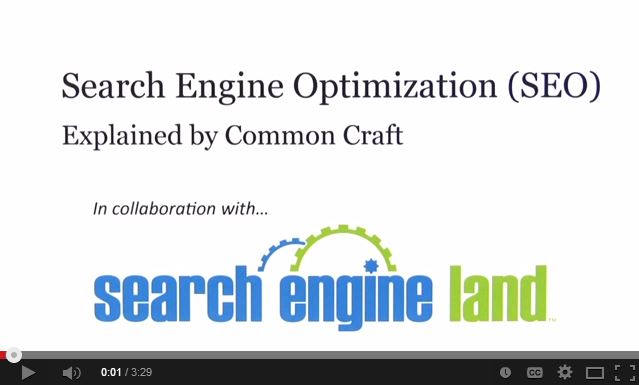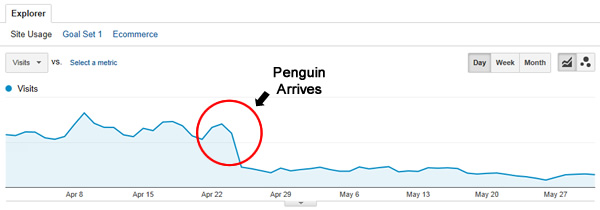Marketing isn’t the first department that comes to mind when you think of revenue. However, innovative companies are now finding new ways to make marketing increase revenue and save costs by energizing, supporting, and embracing communities of customers.
One way that marketing can make money is that it can drive sales directly. Traditional forms of marketing advertise the benefits and why consumers need certain products. A company called Sneakpeeq has taken a new spin on this idea, changing the way customers shop and discover new brands by energizing and supporting users. Sneakpeeq uses gamification to attract and retain long-term customers. Users gain points for performing various tasks for brands and products they like, energizing advocates of certain products.
Some of the tasks users can perform to gain points are:
- SHARE – On Facebook or Twitter
- PEEQ – Users can “peeq” to see a special price.
- LOVE – Users can curate products they “love” and showcase them on their user profiles.
1.5 million “peeqers’ currently use the website.
The great thing about this website is that it enables customers to amplify their own person positive reviews of products and positive opinions at nearly no cost to companies that are selling the products. This allows companies to save costs on advertising. Moreover, the opinions that are being shared by users are more legitimate and relevant to consumers then a more broad paid media advertisement paid for by companies.
Another example is Apple’s Support Community. Apple is energizing, supporting, and embracing communities of customers by creating an online community where users can ask other users questions about Apple products. Moreover, users are energized by gaining points and levels every time they answer other user’s questions, giving them an incentive to continue to answer questions.
This website benefits Apple because post-purchase product support is shifted onto product advocates saving money on support services without compromising quality of service. In many cases, the answers users receive are more personalized because the questions are being answered by users who have struggled with similar problems. I was reading a blog post by Kyna Ng . She mentions that Apple should get their customers to evangelize products more online. I think the Apple Support Community is one example of how apple is accomplishing this.
Energizing, supporting, and embracing communities of customers can not only lead to increases in revenue and decreases in operational costs, but also providing a better, faster, and more personalized service to your customers.














